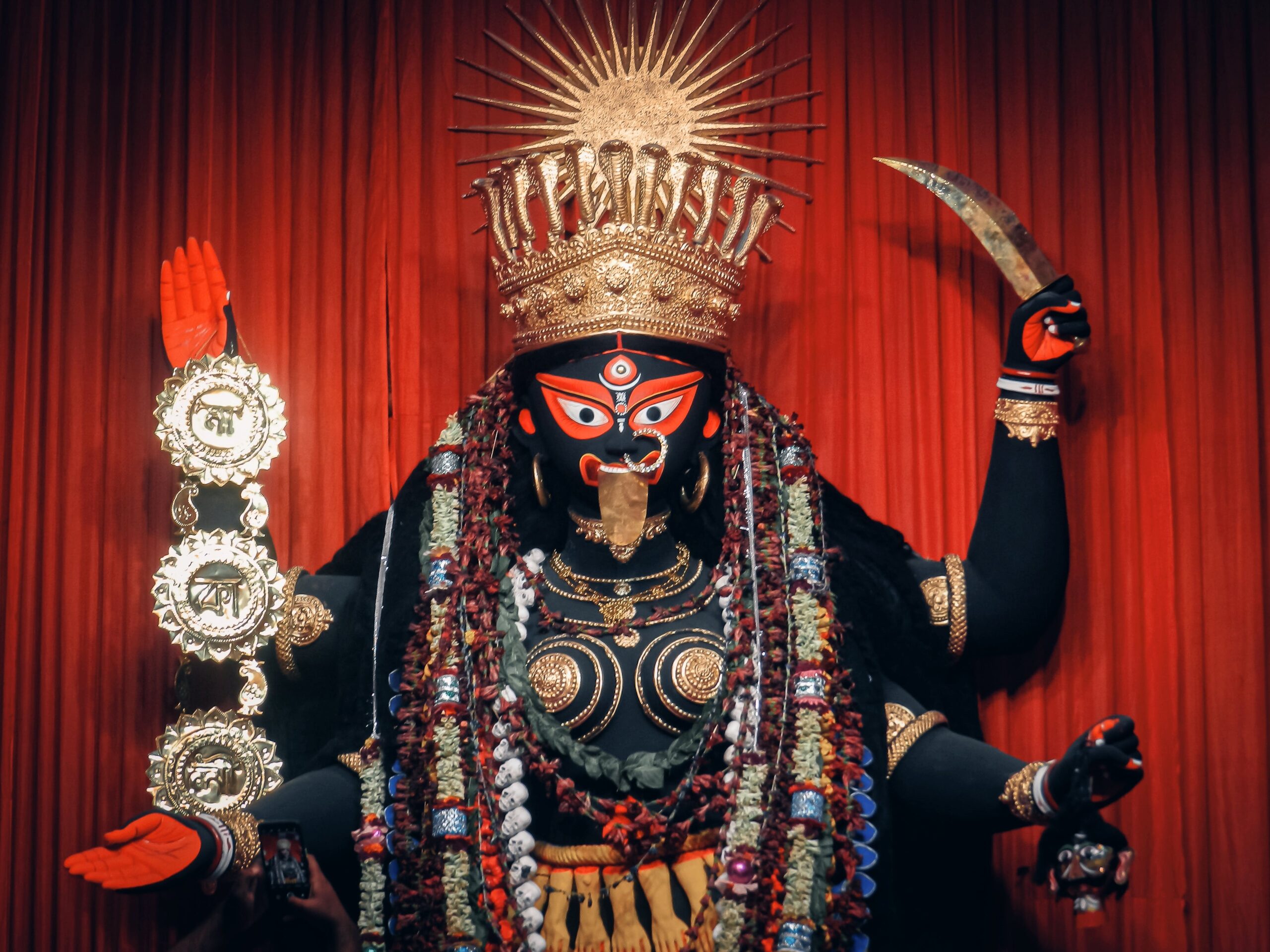The Hindu Goddesses Kali and Sati who are also other manifestations of the Divine Feminine are very detailed aspects of the Divine Feminine which represent different phases of transformations and the cyclical processes of creativeness and destruction.
Sati: The Purity and Sacrifice
The first wife of Lord Shiva was Sati, who means truth and purity in Hinduism. It is a story of dedication and sacrifice on her part. He was displeased with her decision to marry Shiva without his consent. Finally committed suicide at her father’s grand yajn (sacrificial fire) as she had insulted shiva and could not bear it anymore. Her sati was a selfless love without limit.
Sati’s narrative exemplifies the role of commitment and sacrificial spirit in transformation. In an outcome that is characteristic of the Hindu reincarnation cycle is Parvati (Parvatī) who was born out of her mother’s demise and was identified as a milder manifestation of divine femininity. The first phase in the goddess path is known as Sati who is associated with the qualities such as purity, self-willed sacrifice and absolute obedience.
Parvati: The Nurturer and Shakti
She became Parvati after she came out of her burning. Therefore, parvati is considered as an embodiment of love and motherhood of the universal female deity Shakti. She is the perfect wife and mother who was solely devoted to her family and role as Shiva’s spouse.
The transformative role that love, unity, and motherly goodness of the divine feminine is manifested in Parvati’s story. Marriage to Shiva represents the fact that unity of complementary components is needed for a balanced universe. Love, union, and motherhood are represented by Parvati who is the second stage of the goddess of divine femininity.e
Kali: The Fierce and Uninhibited
Another formidable manifestation of the divine feminine is Kali, who in her fierce look and appearance inspires awe. She has the ghastly look of a black complexioned person, wild hair, and an encircling garland of mutilated demons’ heads. Kali differs greatly from the conventional portrayal of the gentle Goddess, representing crude and unrestrained dimensions of life.
Kali stands for the transforming destructive force as well as the need for discarding the former to pave the way for the latter. She stands for courage to stand against difficulties. The thrid stage of the journey of the divine feminism is called kali. It emphasizes on the virtue of taking in your inner strength to face challenges with courage.
Durga: The Invincible Warrior Goddess
Durg is an agglomerate of several gods and goddesses with powerful and ferocious divine forces. The warrior goddess, she is usually portrayed mounted on a lion/tiger holding arms. Durga also portrays strength that conquers evil and hardships.
Like the divine intervention, good will always prevail against evil as demonstrated by Durga’s story. She represents the power and bravery necessary to confront and overcome the influences that disrupt equilibrium and peacefulness. The forth stage of the divinely feminine path is Durga that embodies indefatigable spirit in everyone.
The Divine Journey of Transformation
The connected narration of Maa Sati, Maa Parvati, Maa Kali and Maa Duraga represents different steps of transition of the sacred female form. Collectively, they teach us about purity, sacrifice, love, motherhood, fearlessness, the inner strength of man, and supreme beauty. Their tales demonstrate that the manifestation of the divine feminine is diverse and encompasses all facets of an everlasting cycle involving creativity and destruction.
Collectively, they recount the divine journey of transformation in their tales. The various aspects of the female deity are reflected in each stage during which the process takes place, possessing distinct qualities and traits. The tales of Sati, Parvati, Kali, Durga and Lalita represent an extraordinary spiritual knowledge hidden under the cover of the sacred feminine concept in the Hindu mythology.

